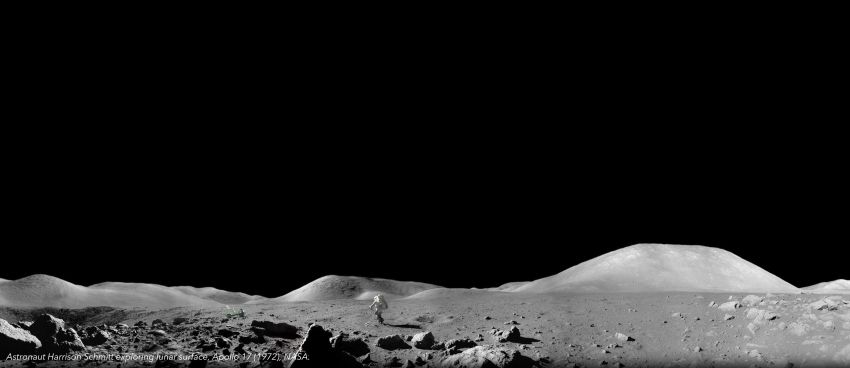project02:Main: Difference between revisions
| Line 34: | Line 34: | ||
=='''Project Abstract'''== | =='''Project Abstract'''== | ||
== '''Terraforming Moon: Humanizing Lunar Habitat through Human-centric Design''' == | === '''Terraforming Moon: Humanizing Lunar Habitat through Human-centric Design''' === | ||
<p>As humanity prepares for long-term lunar habitation, the design of extraterrestrial habitats must evolve beyond functional efficiency to prioritize human well-being. The bulk of existing space architecture research focuses on optimization and safety, leading to rigid, standardized environments that lack consideration for psychosocial needs. This research explores how <b>user-defined spaces based on human-centric design principles can create a heterogeneous lunar habitat that balances social interaction and private boundaries, to foster the psychosocial well-being of long-term living in an isolated environment.</b></p> | <p>As humanity prepares for long-term lunar habitation, the design of extraterrestrial habitats must evolve beyond functional efficiency to prioritize human well-being. The bulk of existing space architecture research focuses on optimization and safety, leading to rigid, standardized environments that lack consideration for psychosocial needs. This research explores how <b>user-defined spaces based on human-centric design principles can create a heterogeneous lunar habitat that balances social interaction and private boundaries, to foster the psychosocial well-being of long-term living in an isolated environment.</b></p> | ||
Latest revision as of 11:38, 29 January 2025
Project Abstract
Terraforming Moon: Humanizing Lunar Habitat through Human-centric Design
As humanity prepares for long-term lunar habitation, the design of extraterrestrial habitats must evolve beyond functional efficiency to prioritize human well-being. The bulk of existing space architecture research focuses on optimization and safety, leading to rigid, standardized environments that lack consideration for psychosocial needs. This research explores how user-defined spaces based on human-centric design principles can create a heterogeneous lunar habitat that balances social interaction and private boundaries, to foster the psychosocial well-being of long-term living in an isolated environment.
The project departs from examining human behavior in confined habitats, drawing insights from analogue missions, space station precedents, lunar surface expeditions, and related experiences living in an isolated, confined, and extreme (ICE) environment – through which one of the leading cause of frustration is found: lack of variation in privacy. Through extrapolating the research into personas and activity-based design, this project set design parameters to support social integration while preserving personal space. A key objective is creating distinct transition between functional spaces to allow different social interaction to take place, while maintaining certain degree of customization to cater the habitants’ personal preferences within a controlled framework.
The research employs computational design methods to explore flexible spatial configurations, integrating In-Situ Resource Utilization (ISRU) and component-based construction for scalability and adaptability. A bottom-up design approach ensures that user needs, activities, and interactions drive spatial organization, with activity-based design shaping program distribution and form optimization. The project also speculates on future construction methods, combining robotic assembly and mass customization for efficient yet personalized environments.
By shifting the focus from purely functional to humanized lunar habitation, this research contributes a novel architectural approach that enhances astronaut well-being. The findings offer valuable insights not only for lunar bases but also for terrestrial architecture in extreme environments, redefining how space design can integrate flexibility, interaction, and individuality within isolated habitats.
Initial Idea
Week 5
